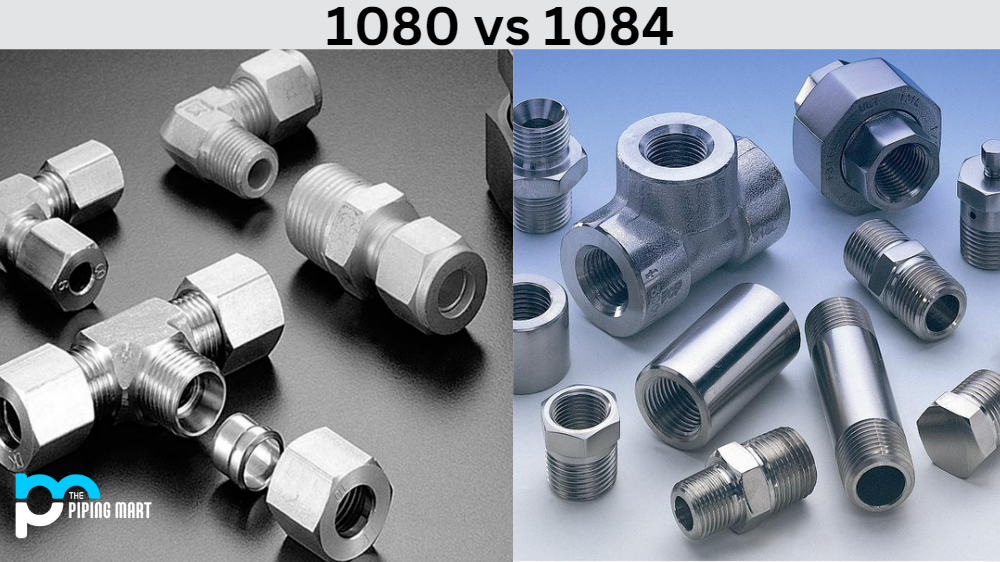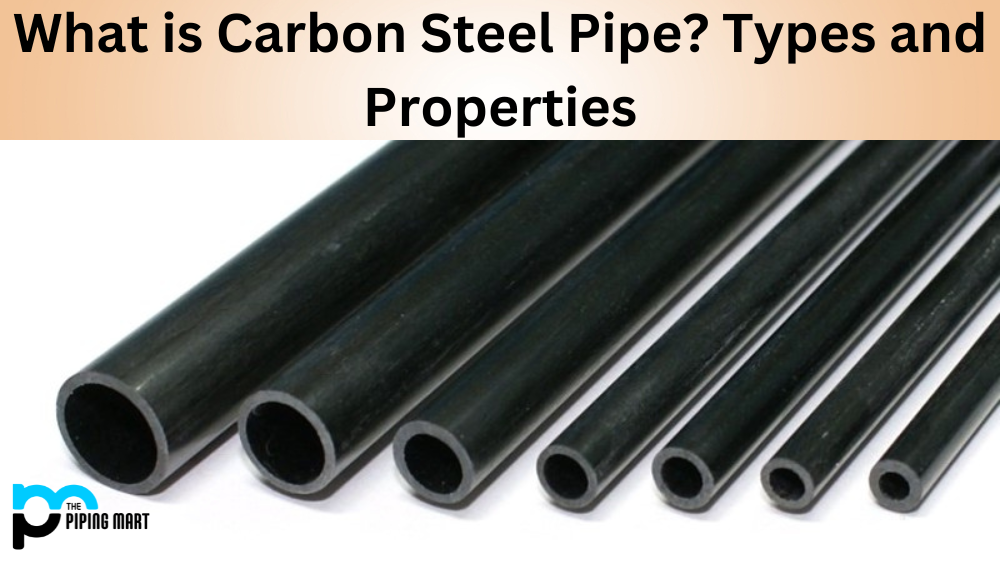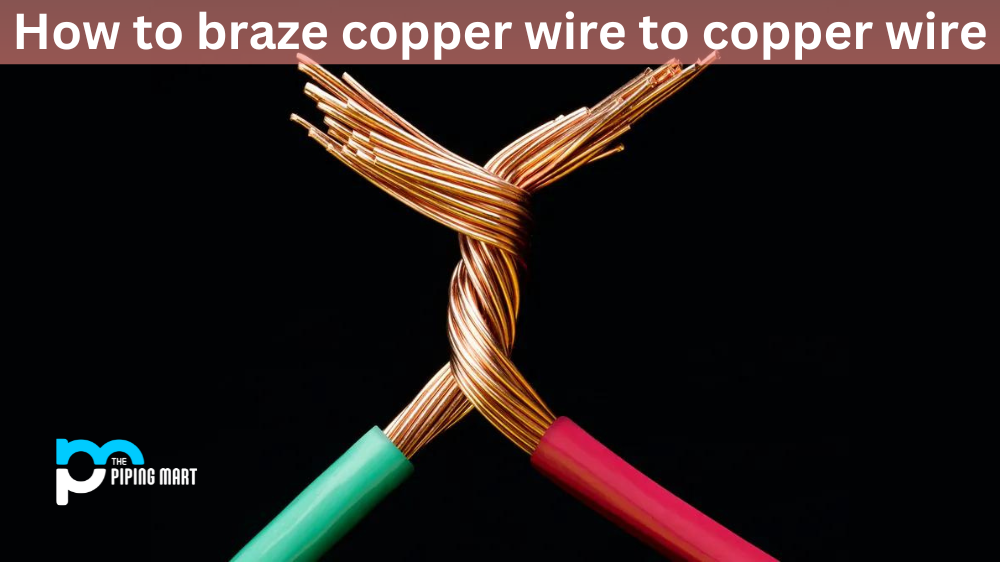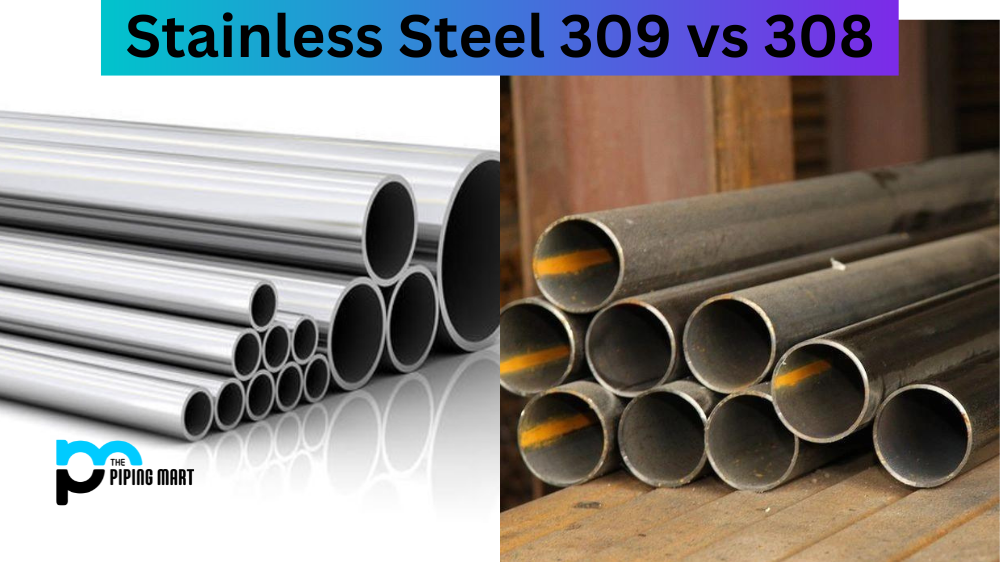As an aspiring or established metalworker, you know that selecting the suitable steel alloy is critical to the success of your projects. With countless options on the market, choosing the right one for your needs can be confusing and overwhelming. Two of the most popular among craftsmen are 1080 and 1084 steel alloys. In this article, we’ll break down everything you need to know about these alloys and help you decide which is best for your projects.
Difference Between 1080 and 1084 Steel
Firstly, let’s start with the similarities. Both 1080 and 1084 are high-carbon steel alloys, which means they have high carbon levels. This makes them hard and durable, perfect for heavy-duty applications such as blades, knives, swords, and axes. Due to their high carbon content, they produce a very sharp edge and retain that sharpness for an extended period. They also have excellent wear resistance, meaning they can withstand heavy usage and remain structurally sound longer.
Composition
Now, let’s delve into the differences between the two alloys. The main difference between 1080 and 1084 is in their composition. 1080 steel contains 0.8% to 0.9% carbon and 0.6% to 0.9% manganese, while 1084 steel contains 0.8% to 0.94% carbon and 0.60% to 0.90% manganese. The higher carbon content in 1084 steel makes it harder and better suited for making knives and other sharp-edged tools than 1080 steel.
Foreseeability
Another critical aspect to consider when selecting between these two steel alloys is foreseeability. While 1080 and 1084 steel are highly forgeable, 1080 steel is more accessible to forge than 1084. This is because 1084 requires higher temperatures, and its high carbon content makes it more brittle and more challenging to manipulate.
Heat Treatment
Regarding heat-treatability, both steel alloys are excellent choices for making blades and knives. However, 1084 steel has a slight edge over 1080. It can be hardened to a higher degree, which means it will hold an edge for an extended period. 1080 steel, on the other hand, is more versatile and can be annealed, hardened, and tempered to suit a wide range of applications.
Conclusion
In conclusion, while 1080 and 1084 are high-carbon steel alloys favoured by knife makers and metalworkers, their differences make them better suited for some applications than others. If you’re looking for excellent general-purpose steel that is easy to forge and temper, 1080 steel is perfect. However, if you’re looking to make a durable and long-lasting knife or blade, 1084 is the way to go, given its higher carbon content and ability to harden to higher degrees. Ultimately, it comes down to your individual project requirements and preferences. Therefore, it is always essential to research and experiment with different steel alloys to find one that works best for you.

A passionate metal industry expert and blogger. With over 5 years of experience in the field, Palak brings a wealth of knowledge and insight to her writing. Whether discussing the latest trends in the metal industry or sharing tips, she is dedicated to helping others succeed in the metal industry.




